 We now turn our attention to
galaxies, huge systems of containing billions and billions of stars.
We now turn our attention to
galaxies, huge systems of containing billions and billions of stars. We now turn our attention to
galaxies, huge systems of containing billions and billions of stars.
We now turn our attention to
galaxies, huge systems of containing billions and billions of stars.
We start with our own galaxy, the Milky Way.
Key points: What disguised the structure of the Milky Way; standard candles; how the structure was revealed
Discovery of the Milky Way
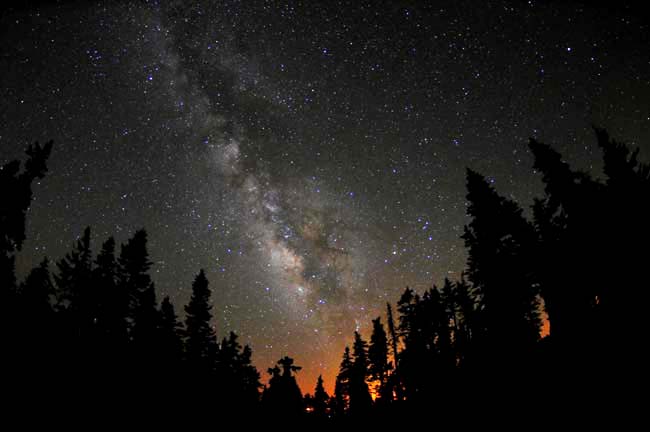 |
| The Milky Way from Mount Graham (from Wiphu Rujopakarn) |
|
If it is so obvious, why do we talk about discovering it?? To the right, a section of the southern Milky Way from Arizona. The
Milky Way has always been an inspiring sight, and figures prominently in religion,
literature, and poetry (From T. and D. Hallas, http://www.astrophoto.com/and http://www.ngcic.com/MilkyWay/default.htm) |
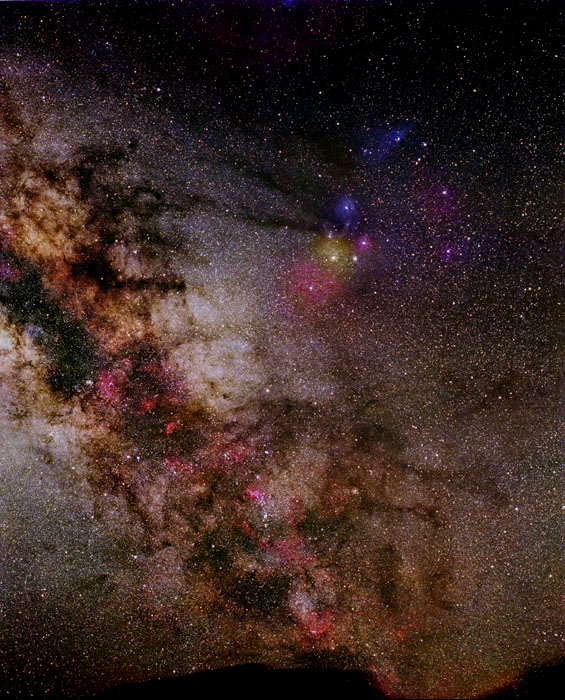 |
The Herschels, in the late 1700s, attempted to observe the shape of the Milky Way by subdividing the sky into a series of square areas and counting the number of stars in each patch.
|
|
|
| William Herschel, in an idealized portrait showing the discovery of infrared light and one of his large telescopes in the background | -- and his sister Caroline, who worked with him on his astronomical projects and deserves a fair share of the credit for his discoveries. (from http://www-groups.dcs.st-andrews.ac.uk/~history/PictDisplay/Herschel_Caroline.html) |
They thought that the Sun is located near the center of the Milky Way -- their counts showed a nearly symmetric drop-off in all directions from the Sun.
Below is the Herschels' Map of the Milky Way (the sun is the bright dot near the middle): (from Ned Wright, http://www.astro.ucla.edu/~wright/milkyway.html)
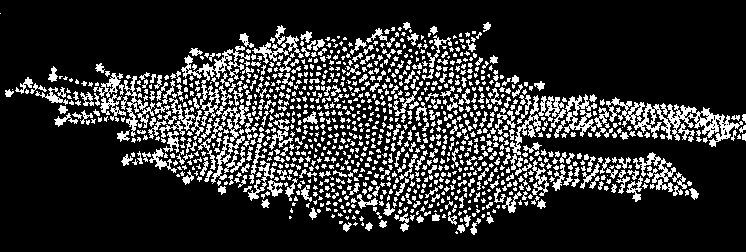
But, they were unaware of the existence of
interstellar dust that was cutting off their view toward the true center of the
system![]() .
.
More star counts were available in ~1920 when Dutch astronomer, Kapteyn, made a modern version of Herschel's Milky Way model: (from http://www.d.umn.edu/~hmooers/astro/Galaxies.htm)
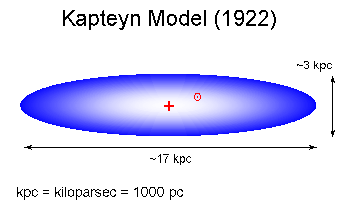
Kapteyn had the Sun slightly offset from the center of the Milky Way (circled dot), but still didn't appreciate the deception caused by dust!
Why is it important to understand the Milky Way![]()
Globular star clusters:
| The Globular Cluster M9:
(from http://www.astr.ua.edu/gifimages/m9r.html)
|
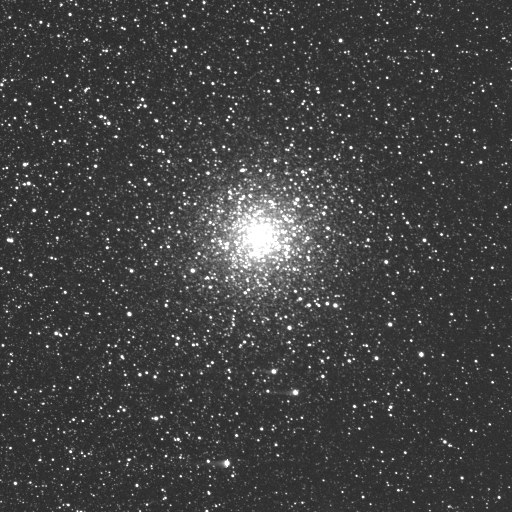 |
Shapley took advantage of 2 facts:
1) globular clusters can be seen at relatively great distances
2) globular clusters contain RR Lyrae stars, a type of pulsating variable star that can be used to measure distances
| RR Lyrae stars are stars that have left the main sequence, but have not yet exhausted all of their nuclear fuels. They are in the mode of alternately expanding and contracting, which causes their light to vary periodically and repeatably. | 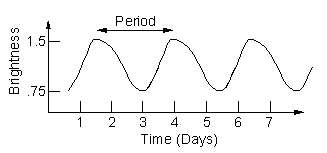 |
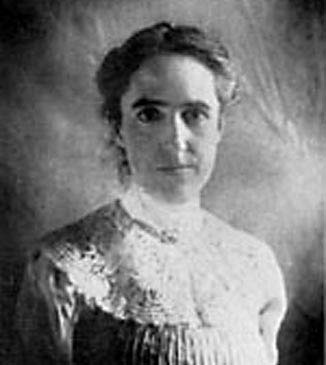 |
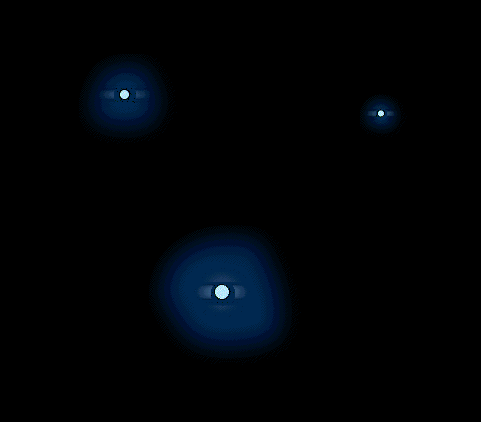 |
| Henrietta Leavitt had discovered the Period-Luminosity Relation while studying RR Lyrae stars that lie in the Large Magellanic Cloud and hence are all at the same distance from us. (From AAVSO, APOD, http://antwrp.gsfc.nasa.gov/apod/ap981027.html) | The brighter the star, the slower it changes.(From Nick Strobel at www.astronomynotes.com) |
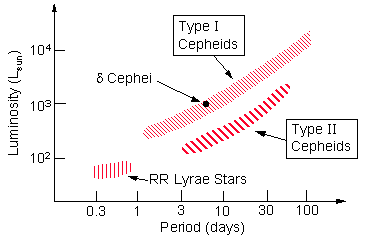 |

From Clem Pryke, http://find.uchicago.edu/~pryke/compton/flyer.html |
The Period-Luminosity Relation gave Shapley a means of determining distances to globular clusters.
Shapley reasoned that the location at the center of the globular cluster distribution must indicate the location of the center of the galaxy which he placed at a distance of nearly 30,000 parsecs. Thus, he concluded that the sun lies toward the edge of a disk-shaped distribution of stars.
The modern distance is 8000 parsecs -- again, Shapley was tricked because he didn't know about dust and how it was dimming the RR Lyrae stars on top of the inverse r2 law.
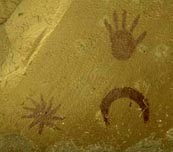
Painting of Crab supernova, Chaco Canyon, http://www.colorado.edu/Conferences/chaco/tour/blanco.htm |
Mixtec personification of the Milky Way, from http://garnet.acns.fsu.edu/~dco2511/ |
|
Click to return to syllabus |
||
| Click to return to Supernova Remnants | hypertext |
Click to go to the Milky Way |